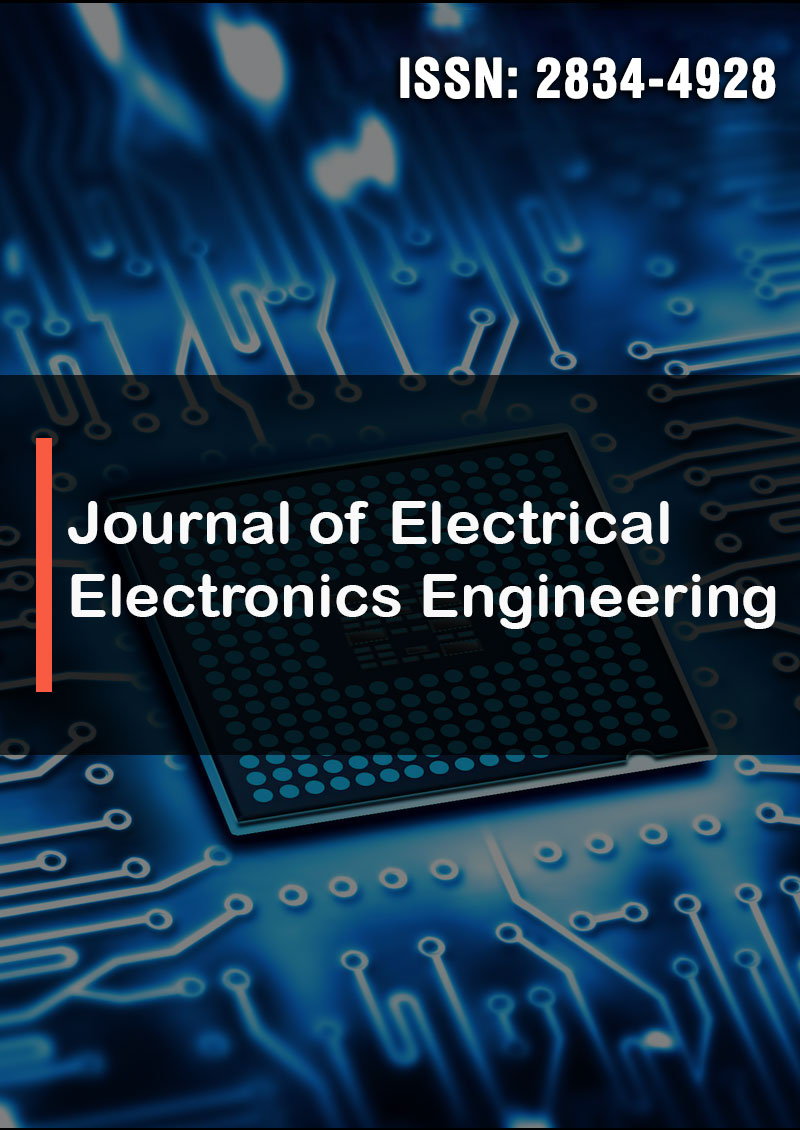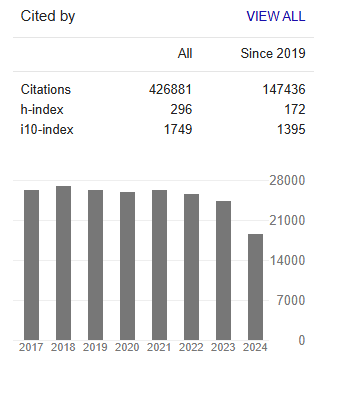Performance Analysis of G.711 and G.729 Codec Schemes under Various Queuing Techniques in Voice over Internet Protocol Transmissions
Abstract
Emma Munthali, Simon Tembo and Lukumba Phiri
Advancements in internet technology have enabled the integration of different traffic types i.e. data, video, and voice into a single network. This technology offers many benefits but also presents some challenges. Real-time traffic services such as VoIP require a certain Quality of Service (QoS) which cannot be guaranteed on the Internet therefore, key performance metrics become all the more important. The choice of codecs and queuing techniques becomes crucial for ensuring optimal performance, especially in networks with diverse traffic types. This research therefore compared the effects of the combinations of these tools (i.e. queuing techniques and codec schemes) on the quality of VoIP. A simulation approach using the OPNET Modeler 14.5 tool has been used to simulate a network supporting three different types of traffic namely: FTP traffic, Video conferencing traffic, and VoIP traffic. While maintaining the same topology and traffic of the network, different types of codec schemes and queuing techniques have been tested through the measurement of parameters such as delay and throughput. The custom Queuing technique showed the best performance overall while FIFO suffered the highest delay. The graphs were observed to follow the same pattern regardless of the codec scheme used however, G729 performed the better of the two as it received higher amounts of voice traffic and slightly lower delays compared to G711.




